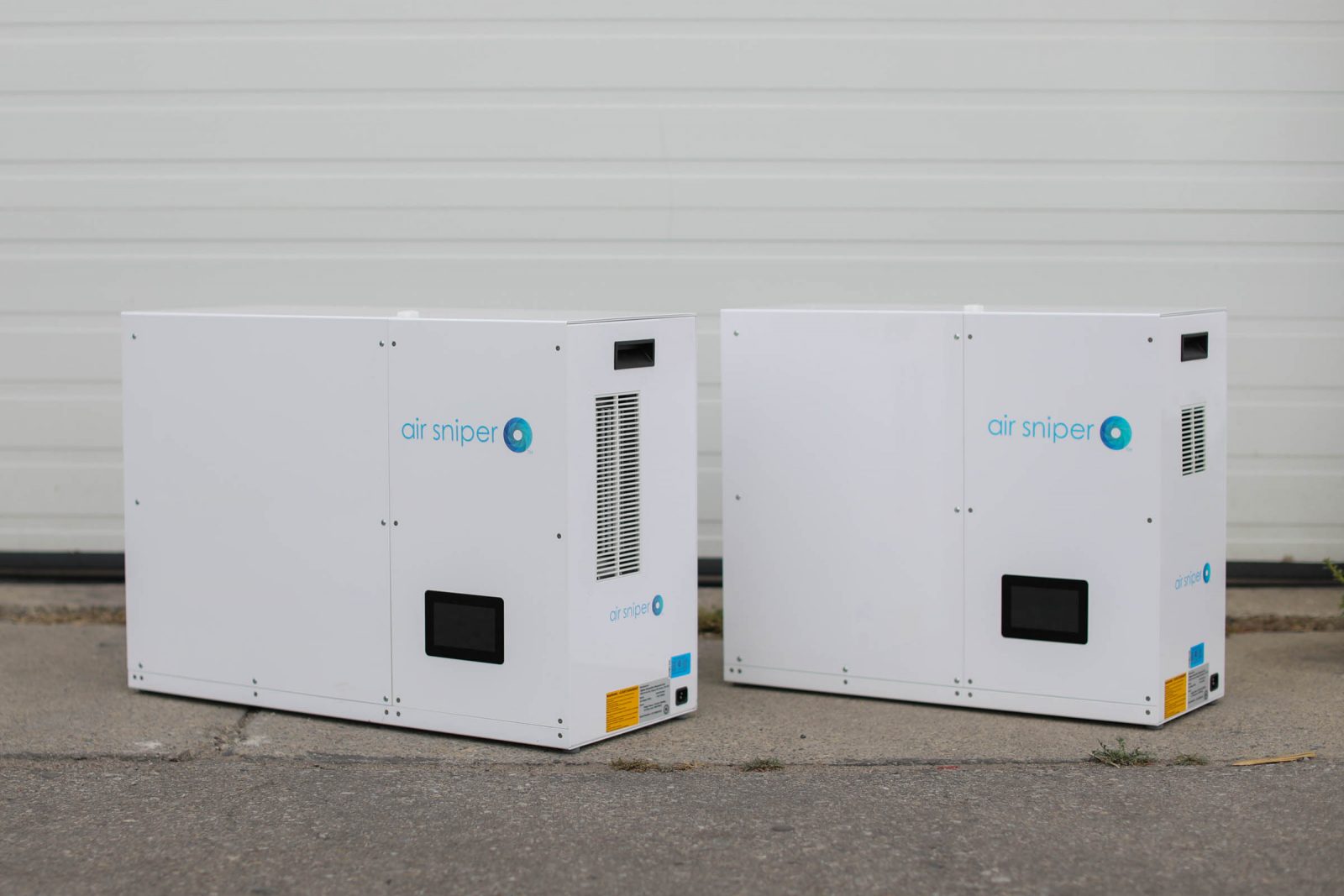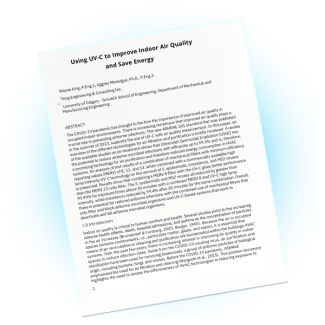Several options exist when it comes to air sanitization, however, they are not all made equal. Many of us are familiar with the HEPA standard, which lays out the acceptance criteria for manufacturers of air filters. Others may be familiar with UVC sanitization, which is a different form of air purification and filtration. Let’s compare each method.
HEPA Filters
High Efficiency Particulate Air (HEPA) filters are made to a standard set out by various regulatory bodies, including the European Standard, ASTM, the American Department of the Environment and more. Each of these standards has similar language in common, but the acceptance criteria can vary.
In general, HEPA standards specify the minimum standard for air filter manufacturers to meet in order to qualify for the HEPA designation. This means that the filters must be capable of capturing a certain amount of airborne particulate matter under the size of 0.3 microns. The standards vary in the amount, though all state values over 99% (lab reports available on the test results page).
UVC Air Sanitization
UVC air sanitization units use ultraviolet (UV) generating bulbs to produce short wave UV radiation. This radiation is powerful enough to disrupt the DNA of microorganisms, bacteria and other living airborne material, rendering it inert. This destruction at such a small level has been proven effective in several independent lab tests. More information on these tests can be found here.
For air sanitization using UVC bulbs to achieve maximum effectiveness, it is important to account for several variables. These include dwell time, proximity, intensity and the CFM of the unit. You can learn more about each of these factors here, but the simple explanation is that it is not best to increase all of them; rather, it is best practice to balance each factor against the others to achieve a “sweet spot” of efficiency.
Which is Better?
It can be hard to choose between these two technologies. After all, they use radically different methods for air sanitization, and both have research and support to back up their claims of effectiveness. Still, capturing bacteria and harmful microorganisms does not render them inert. It only keeps them in the same place they got stuck.
For this reason, destroying the DNA brings a slight advantage to UVC, crowning this technology the winner. But it is important to remember that any protection is better than none-at-all, especially in the case of supplemental air sanitization.
Air Sniper’s friendly and knowledgeable staff can assist in finding the perfect supplemental air sanitization solution for your needs and the needs of your business.



